Discover Tikopia: Inside a Remote Civilisation
The fabled island paradise of Tikopia is one of the most remote islands in the world. Located east of the vast stretch of ocean between the Solomon Islands and Vanuatu it is a part of neither of those Melanesian cultures. The heritage of this island is Polynesian, but in many ways Tikopia is a world unto its own.
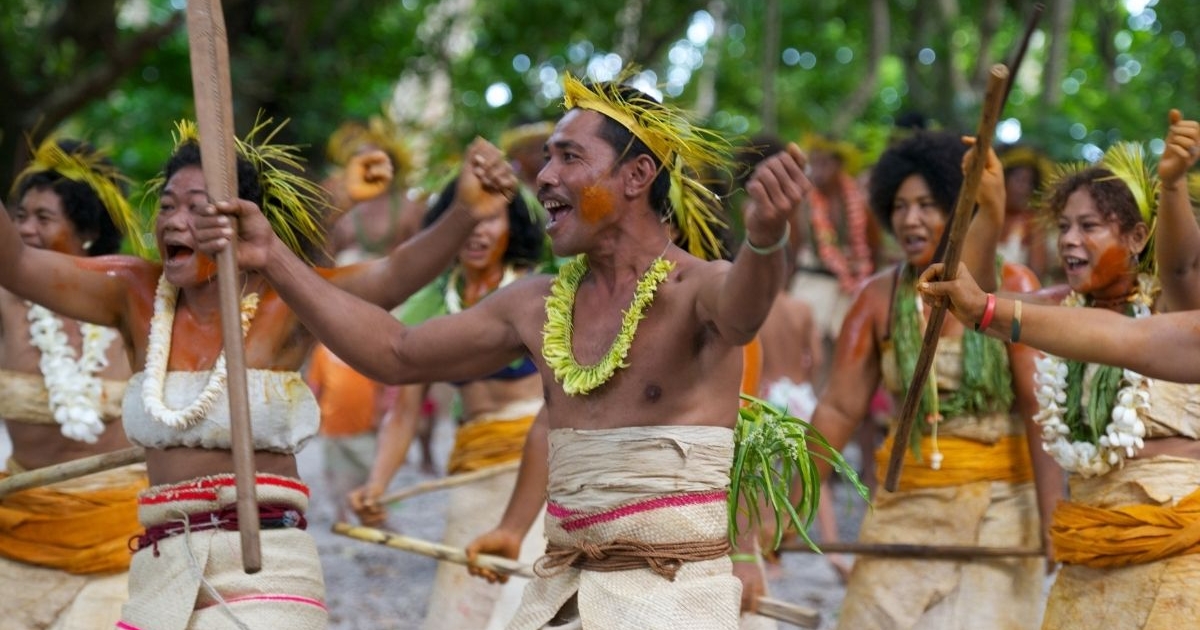
Getting clearance to visit Tikopia is not easy. Either 200 or 400nm (depending on which official you ask and on what day) from the nearest port of entry in the Solomon’s to which it officially belongs, Tikopia on not on the way to anywhere. Visiting there is an expedition in itself.
In my job as a guide for EYOS Expeditions, I have had the very rare good fortune to visit Tikopia on several occasions. For 10 yeas I have been taking small groups of clients driven to explore a new horizon, to look beyond what the established yachting routes can offer, to the remotest areas of the Pacific. There is no harbour or mooring on Tikopia, nor even an anchorage for anything larger than the smallest sloop. The steep, forest covered sides of the eroded volcano plunge without hesitation, deep into the clearest waters of the Pacific.
There are no restaurants, no bars and no over water bungalows. In fact, there is no power save for a few modest solar panels, no modern houses and no landing at low tide. I know some of the inhabitants and they know me, but visits are brief and the gaps of time between goodbyes and the next hellos are large. Faces come and go.
On this occasion I was leading a small group on a beautiful sailing yacht. We had a capable skipper and an enthusiastic crew. We had come from Vanuatu, stopping along the volcanic archipelago and visiting the people steeped in a tradition of ritual secrets and within whom a fire seems to glow, as if created by the same lava furnace which forms their islands’ beating hearts.
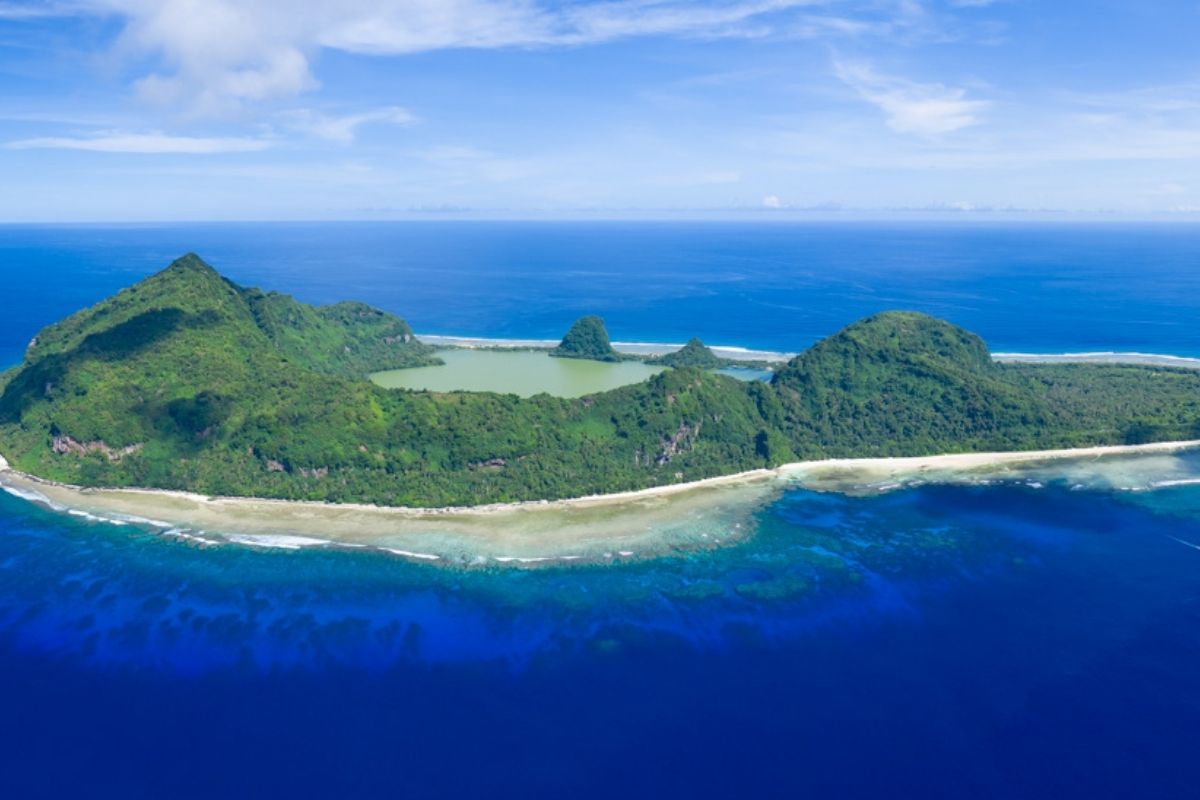
Tikopia is located east of the ocean between the Solomon Islands and Vanuatu
From there, we sailed hundreds of miles northwest to clear into the Solomon Islands before doubling back upwind toward our insular goal. I had put out word through our local EYOS contacts on the 'coconut telegraph', the age-old network of local radio, supply boats and fishing canoes that might possibly get a message to the island, Chinese-whispers-style, that we were on our way.
Since the Tikopia was nearly devastated by Cyclone Zoe in 2002, the world’s most unlikely cell tower was installed upon its peak, but the odds of finding a charged mobile phone on the island are on a par with delivering your message via bottle and cork. I had no idea whether or not the islanders would be expecting us. But advance warning or none, there is a mentality on
Tikopia, either born of an existence where the 4th of July looks much the same as the 24th of December; or built on generations of unfulfilled promises: “We will believe you when we see you.”
During our time at sea I had gotten the entire ship excited about our visit. Quite honestly, Tikopia is one of my favorite places on earth and my enthusiasm showed.
Tikopia is what’s termed a Polynesian outlier, that is, outside what is normally considered to be a cultural area of the Polynesian people; a realm roughly forming a triangle, spanning from New Zealand in the southwest, Hawaii in the North, and Easter Island in the east. As the great Polynesian diaspora unfolded over millennia, great voyaging canoes would head ever further east toward the rising sun, populating every speck of land that could support life in the form of the plants and animals these voyagers transported with them.
Not until they set foot upon South American soil did the waves of canoes from remote Oceania encounter a populated landscape. But is it also clear that a few rogue groups over the course of history bucked that orient sailing tradition and either stayed put or travelled west in the regions that for thousands of years had been populated by Melanesian people. Tikopia is one of those outliers.
The Tikopians have staunchly held on to their traditional way of life. The tiny island has four clans, each with its hereditary chief or Ariki. The houses are designed in roughly the shape of an overturned boat, standing not more than a few meters high, and with doors through which the inhabitant must kneel and crawl. The resilience of these thatched structures was made evident after Cyclone Zoe, when winds devastated the island's vegetation, and the storm surge breached the integrity of the freshwater lake, yet there was no loss of life, and most of the houses remained standing. Walking ashore now, one notices an almost divine quiet about the place.
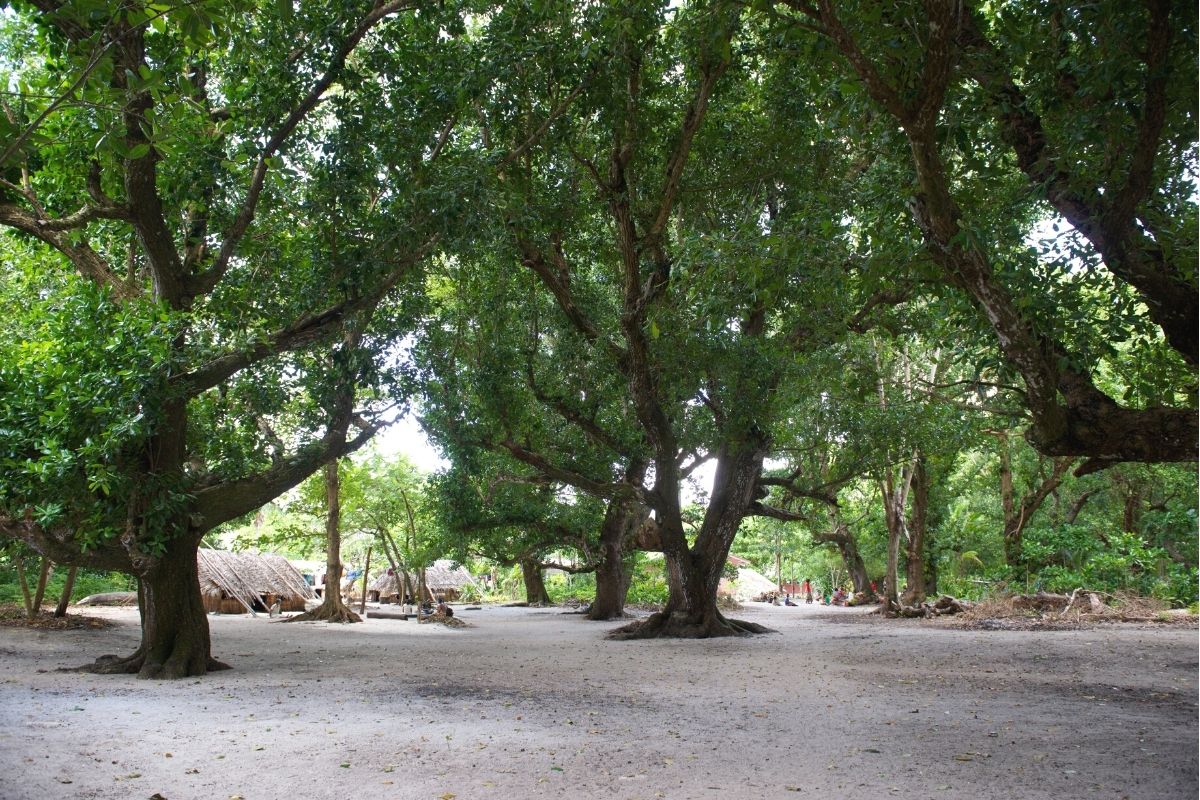
The massive Calophyllum trees, whose muscular trunks bolster the sandy shoreline, form Gothic arches under which surprisingly tall, lithe figures walk silently in almost pious contemplation. Wrapped in simple vestments of tapa, they appear almost priest-like in their living cathedral before disappearing again into the forest. The air is perfumed with Laurel blossoms and spiced with a mix of sweet tropical decay and the tobacco from women’s pipes.
The only discernable sounds are the arrhythmic clacks of mallets emitting from unseen gatherings of women, sitting on the ground and endlessly melding layers of fiber into supple cloth. Even the children are quiet. Where we would normally be met by a cacophony of excited kids, the young Tikopians peer at us with near-unsettling calm, through dark, wide-set eyes.
A visit to Tikopia, while never the same twice, usually follows a predictable pattern. A group must first gain consent to come ashore. Being a traditional Polynesian culture, Tikopians to this day adhere to a system of strict taboos. These can limit where a person can visit and when certain activities can take place. In order gain permission, a visit from the expedition leader must first be paid to the Ariki. Once the initial introduction is made, and the parameters of the visit have been laid out by the chief, the visiting envoy would normally return to the ship while the islanders prepare themselves for an official welcome. An official welcome involves stirring traditional dances, songs and a few obligatory speeches. It involves tasting food, walking around the villages and hiking around the island. And it is exactly this welcome which draws a person to make such a journey across the ocean to Tikopia.
With Tikopia finally on the horizon, I prepared for my visit to the Ariki. I had prepared four identical gifts for each of the clan leaders. Coffee, sugar, rice, powdered milk and, of course, cigarettes, all wrapped in splashy cotton cloth from Vanuatu. After I helped the captain secure at least a tenuous anchorage, the chief mate and I raced ashore in the ship’s Zodiac. Although the waves were crashing on the reef flat, my GPS reminded me where I had previously found a propeller-wide cut where I could safely eek through. With coconut palms as my leading lines, I rode the back of a wave over the reef edge and was finally back to Tikopia. We walked the boat to shore and were met by several familiar faces.
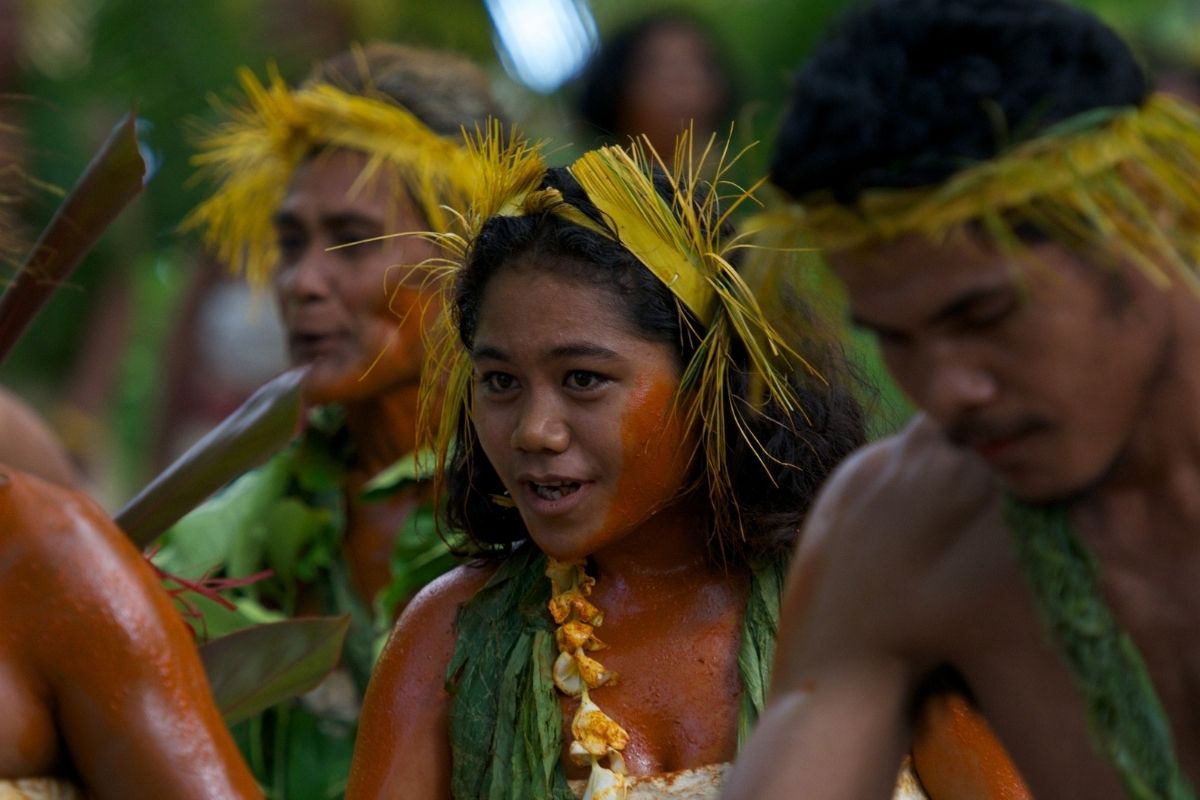
The Tikopians have staunchly held on to their traditional way of life
Even though I had brought a gift for each chief, I had only planned to meet with Ariki Tafua of Matautu village. As the head of the village next to the only landing on the island, Ariki Tafua receives the very rare visitors, and speaks for the other three chiefs. I had met Arkiki Tafua on several occasions in the past. A massive figure, he was a friendly but imposing mix of an aging Jeff Bridges and Dwayne 'the Rock' Johnson. He would hold court in the frond filtered light of his hut, sitting on worn pandanus mats layered above a sand floor. Above him hung drying tobacco, a bare compact florescent bulb, and a random assortment of prized possessions; some completely worthless to a person on an island with almost no power, like an electric clock radio, or an ancient rusted toaster oven, but still far too valuable to throw away.
Speaking mainly in Pijin, the lingua franca of the Solomon Islands, we would exchange formalities and then, without fail, I would be offered beetle nut to chew while we hashed out the conditions of the visit. I would offer gifts and he would explain what was and was not possible given the taboo situation at that time. He was prone to long thoughtful pauses, and often engaged in beetle-nut mumbled consultation with his advisors that sat chewing in the dark edges of the hut. I looked forward to seeing him again.
As I walked under the lofty tamanu trees to the chief’s hut, I took in the smells that instantly transported me back to previous visits. The profound quiet and the heavy, humid morning air, laced by the scent of cooking fires and pipe smoke told me I could only be in one place on earth. Standing before the hobbit-sized door I gave an audible hello - “laoi wasia!” - one of my three Tikopian phrases, before hearing a reply, then getting down on all fours and shuffling inside.
As my eyes gradually adjusted to the dim light of the windowless hut, I recognized that the figure that sat cross-legged before me was not the person I expected. Familiar and no less formidable, a different giant was sitting in the place of the chief. “John?” I asked, forgetting any formality, and still somewhat stumbling in my surprise. Then a deep rumble of a laugh and a flash of a huge beetle red smile, told me my guess was correct. “Hello Mike!” answered the new chief.
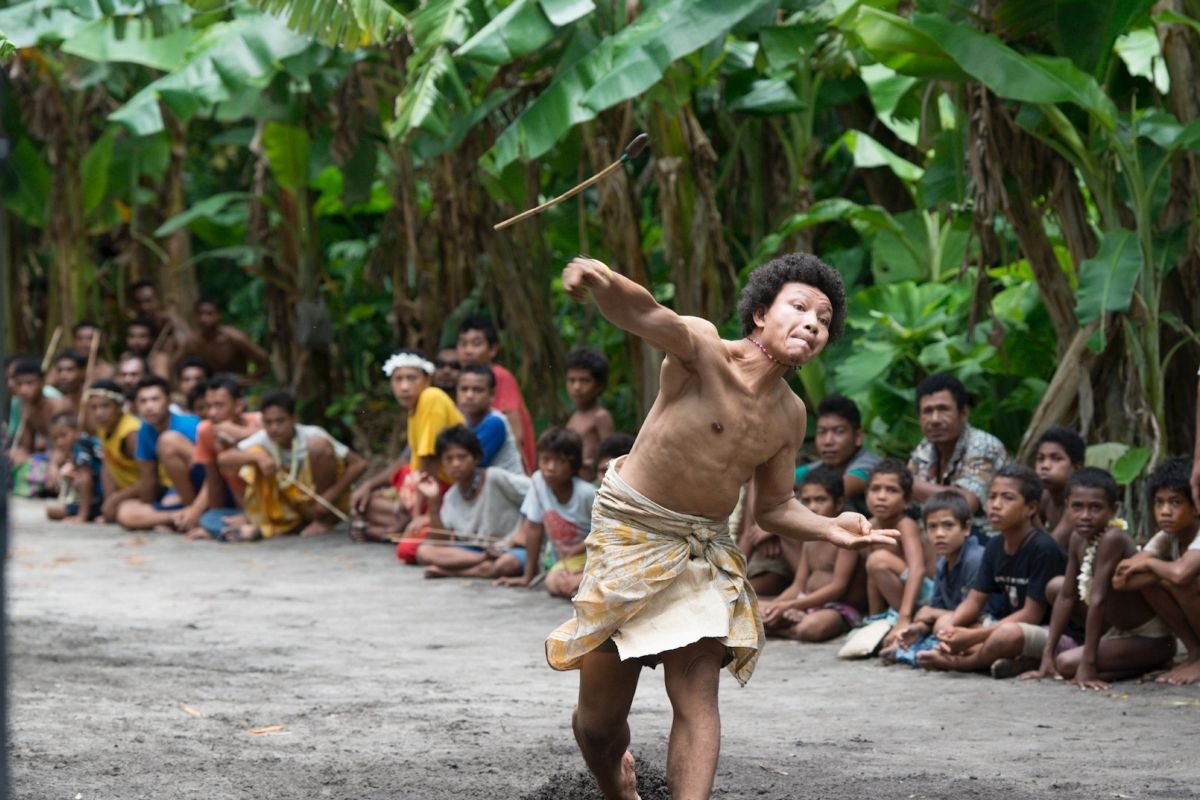
'Tika' is one of the biggest events of the year
In my absence, I was told, the elder Ariki Tafua had died, at which time his son John had ascended as the head of the clan. John had always been a great help to me. He was often at his father’s side and spoke more Pijin than his father, having gone on various trips over the years to Honiara, the Solomon Islands' capital. He had always had a leadership role in pulling together the stirring welcomes to Tikopia we had always so honored, but he never wore the air of an heir apparent.
He clearly took to his new position as 'Ariki John Tafua' and, as such, his already impressive stature seemed magnified by an easy confidence that comes with power. He smiled as he handed me two beetle nuts and his plastic container of powdered lime, then sat back with his enormous hands resting on his knees and waited for me to speak.
I told him of our long journey to come see him. I told him of the owner of the yacht and his enthusiastic crew. I presented the gifts for the four island chiefs (which in accordance with custom he accepted but sat to his side without inspection). I asked if we could dive on the beautiful reef and then later, when they were ready, if we could be welcomed to the island with dances and speeches as I had been before. Ariki John paused for a long time. He had obviously learned his craft from his father. Yes, we could launch our tenders and go diving, we could take full advantage of his ocean, but then a troubled look washed over his face. “But,” he said, “It will be impossible to welcome anyone to the island.”
I was in shock. This had never happened. Sometimes we had to move the welcome to a different village because of a funeral or other ritual event, but never had I received an outright “no”. I thought maybe my Pijin was rusty, that I had misunderstood. “No dances?” I sheepishly asked again. “No tour of the island?” The answer remained the same. There was, as is common in my experience in dealings with remote cultures, nothing offered as to WHY. Of course I wanted to ask, but “why?” isn’t something you ask of a sovereign. He didn’t need to defend his decision.
My head was racing. What was I going to tell the boss, or the captain who had just battled two days upwind to get here? Had I personally offended the new chief? Was this a new policy? Were my offerings too measly? Was Tikopia CLOSED? I politely excused myself and exited the hut crawling on all fours, but in reverse, so as never to point an offending rear end at royalty. I turned on my radio and tried to collect my thoughts as to how I was going to present this to everyone back on board the ship.
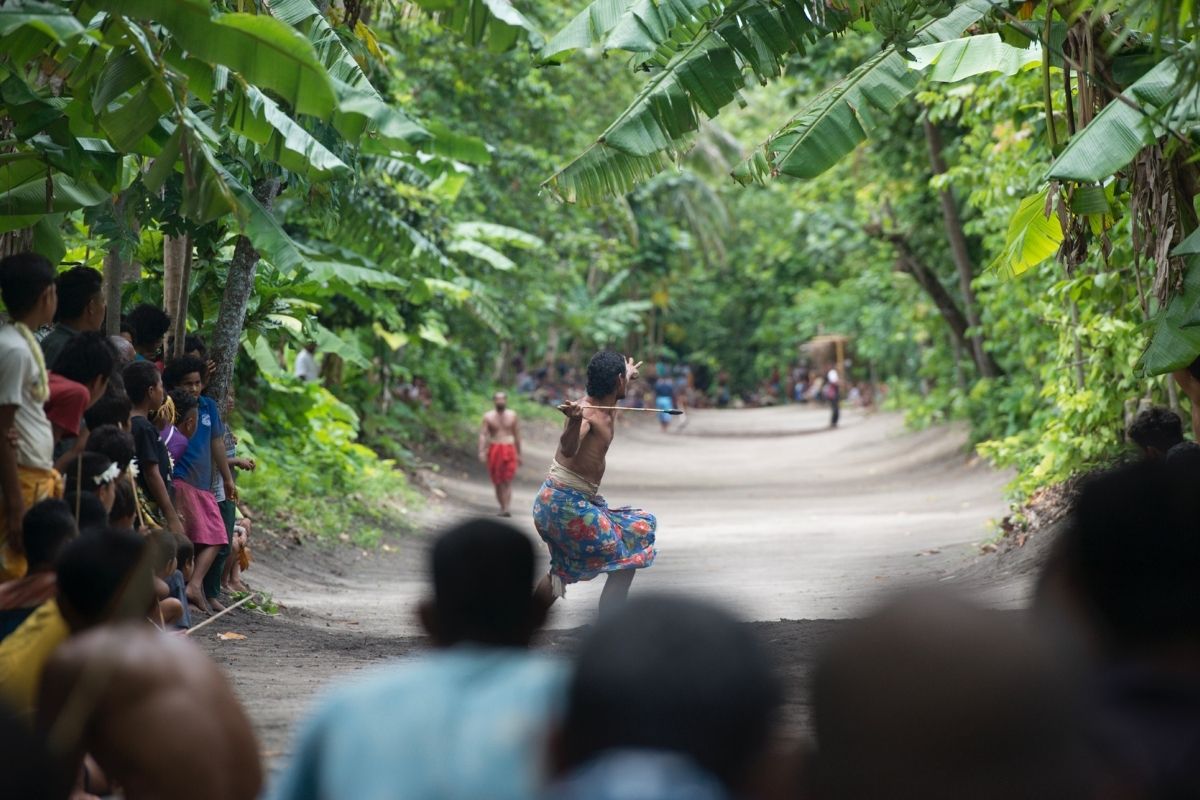
Everyone from all of the clans had assembled to watch this ancient match of 'darts'
Just then something caught my eye. Two men had appeared on the sandy path that leads from the next village. They were both tall young individuals, wrapped in nothing but pieces of tapa secured around their waists with turmeric died belts. One man wore a garland of leaves on top of his thick dark curls. What was unusual was that they both carried what looked to be some kind of spear. Tikopia has no wild animals on it. Oral tradition has it that former chiefs even took the radical step of eradicating all the pigs on the island because they competed for valuable food resources.
In fact, Tikopia is unique in that many of its traditions and taboos revolve around keeping a strict limit on the human population. Unless the island had erupted into civil war, there was no use for spears. And if it had, I was suddenly happy we weren’t being welcomed. The two men turned toward the back of the village before I had time to examine their weapons, but immediately another group of young men appeared, and then another; all carrying these short, 1m spears, which I could now see were tipped not with something sharp but rather a rounded weight of clay or stone.
Certainly in no hurry to relay my utter failure back to the ship, I followed the groups of men and boys to the back of the village where they all seemed to be heading. By now, women were getting up from their morning chores and starting to appear as well. A feeling of excitement was building, as there were more voices breaking the usual Tikopian hush. I passed the last row of huts in the village, led by the sounds of quiet discussion. I was just sticking my head, turtle-like, through a long row of planted trees, when I was plucked suddenly backward by a powerful force and, at the same time, one of the spears whizzed by where my peering face would have been. It was Ariki John. He loomed over me with his crown of wild grey hair catching the sun behind him. “Be careful,” he said, as his smile broke, and he walked me around the colonnade of trees.
I couldn’t believe what I saw. Before me was a long strip of perfect sand, a 'court' perhaps 100m long and only 4m wide. On either side, tucked in among the trees and bushes and lining the court were people, HUNDREDS of them. Tikopia only has 1,200 people, it seemed the were ALL here. At the far end of the long thin arena I could just make out the men that were lunging the spears in our direction. I had almost placed myself square in the middle of the alley before John kept me from committing probably the biggest of taboos.
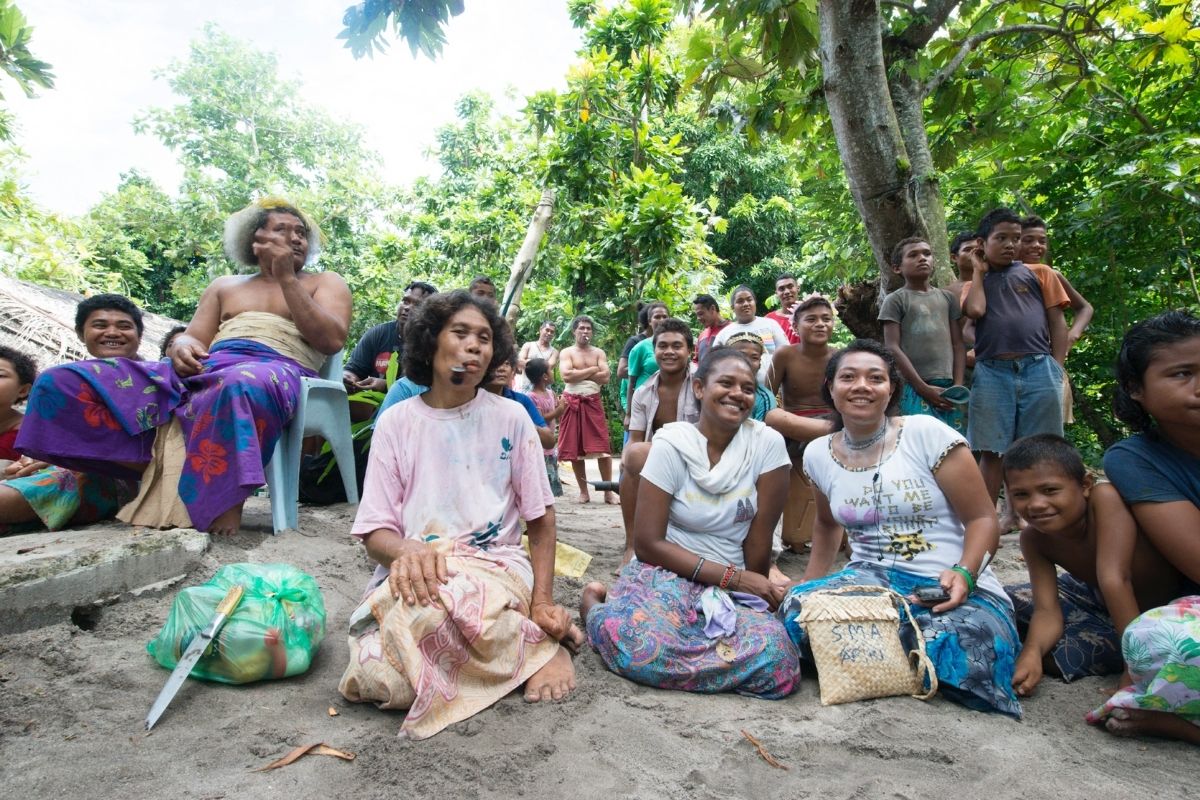
“Tika,” he explained with one word as he sat down on the three plastic chairs stacked as a throne amongst his family at the end of the court. Apparently, we had stumbled on the island during the biggest event of the year. Everyone from all of the clans had assembled to watch this ancient match of 'darts' and vie for village bragging rights. Groups of young men warmed up and postured before their turns at hurling the darts. Groups of young girls tittered and paid the boys all the attention that was clearly coveted. Old men marked where the darts ended their long slide along the sand pathway, and seriously discussed strategy. Old women sat to the sides and cooked food for what was clearly going to be an all day spectacle.
John seemed perfectly pleased that I was there watching (as long as I was not in the middle of the court), so I dared to ask if everyone from the ship could come ashore and watch the proceedings. “Do you think they would want to see this?” he asked in disbelief.
It all came together for me. We could not be welcomed, because everyone on the island was engaged in the annual Tika match. Ariki John expected that we would not be interested in their local tournament, so he offered us the opportunity to use the ocean as we did on previous visits. He couldn’t devote the people to sweep the beach of leaves and to make us flowered garlands and welcome us with dance and song, but if we wanted to come ashore and participate in their game that was perfectly fine!
I was elated. I raced back to the beach to organise the visit; by then we had more water over the reef, and we got everyone ashore easily. The owner and his family and crew sat among the family of Ariki Tafua on pandanus mats and ate off leaves piled with cooked banana and sweet potato as our new friends tried in vain to explain the rules of Tika. As the game played on slowly over the course of the day, there were songs and walks around the island, and flowered wreaths were placed upon our heads. There were dips in the pristine sea. We had come a long way and seen an event that few have ever witnessed. We took part in a tradition that had not been produced for us and was not tailored by our hosts to meet any notion of what they thought we expected. It was as genuine an experience as could be had, passed down through the generations over the millennia with a direct link back to the ancestors.
This was the essence of an EYOS ‘expedition’; an unscripted journey that yields authentic experiences. These experiences become memories, unique to those very few who are fortunate to share them. These people, perhaps the most welcoming in the Pacific, had shared the lighter soul of their culture with us, freely and openly. I cannot wait to return.
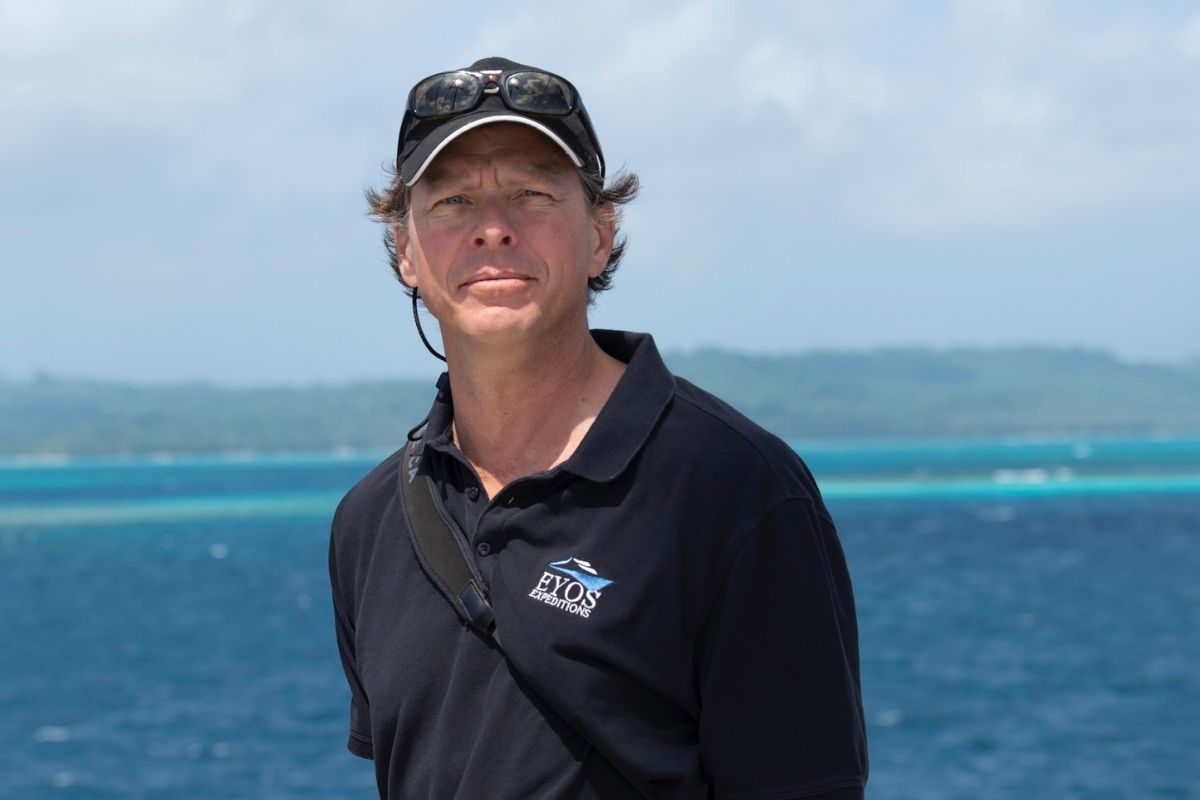
Mike Moore is an Expedition Leader for EYOS Expeditions, one of the world’s foremost providers of expedition services to the superyacht industry.
Images courtesy of Mike Moore/EYOS

